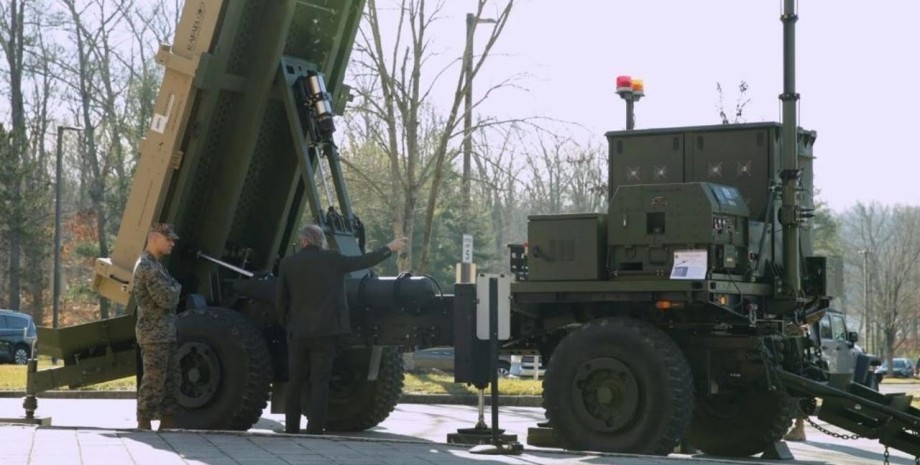
 By Eliza Popova
By Eliza Popova
Experts say that the MRIC system is the latest technological achievement in the Arsenal of Air Defense of American Marines. The fact is that the portable complexes of Stinger are not capable of tracking complex air threats, as well as fighting massive attacks. That is why the Corps of Marines and launched a project to create a Mric system.
According to Lieutenant Colonel Matthew Beck, this system fills an important gap in the potential of the American forces at the Indo-Pacific Region, because it is a complex of low and medium range. "Although MRIC is primarily intended for protection against winged missiles, it also has the opportunity to combat other air threats and show high levels during the demonstration," he added.
The key component of the system is the integrated multifunctional radar station An/TPS-80 Ground/Air Task-Oriented Radar, which provides observation and targeting of the complex. The station is made in the form of three components on the wheel chassis. This is a "radar equipment" (REG), "Communication Group" (CEG) and the PEG CEG and REG energy supply system are a S-range with an active antenna lattice. The antenna has a size of 2.
5x4 meters, and the maximum range of detection of air goals is stated at 200 km. Each MRIC launcher contains 20 Skyhunter missiles located in rows of five missiles. The range of goals is in the range of 4 to 70 km. This will allow the US Marine Corps to protect a much larger territory, especially in scenarios when AEGIS US Navy warships and allies' military aircraft may be inaccessible to air defense.










All rights reserved IN-Ukraine.info - 2022